Spring is officially here, even if your local weather hasn’t gotten the memo. While you are busy with spring cleaning, don’t forget your dog! The editors at LittleThings have 15 ways to make sure your dog is prepared for spring too.
#1 – Schedule a Physical Exam
Just like we need regular check-ups at the doctor’s office, make sure your dog is brought in for a full exam. The vet will make sure his immunizations are up-to-date and that your dog is ready to go play in the park.
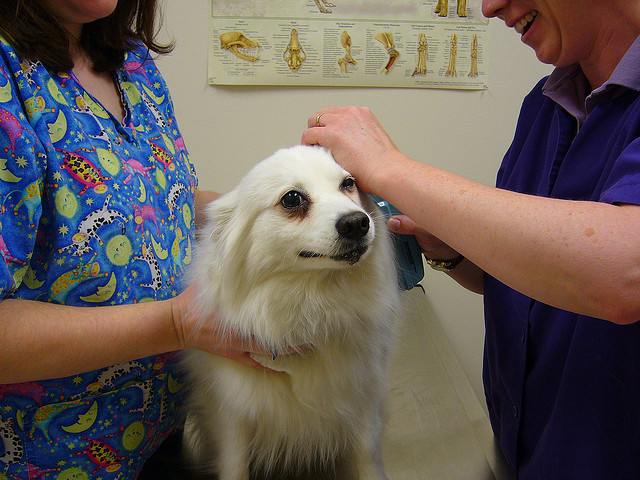
#2 – Help Them Lose Winter Weight
Excess weight on dogs is as unhealthy for them as it is for us. It’s likely that they have also gained weight during the winter. Before taking them to the dog run, where they might over-exert themselves, start them on a weight loss program. Remember, though, to consult your veterinarian before implementing any weight-loss programs.
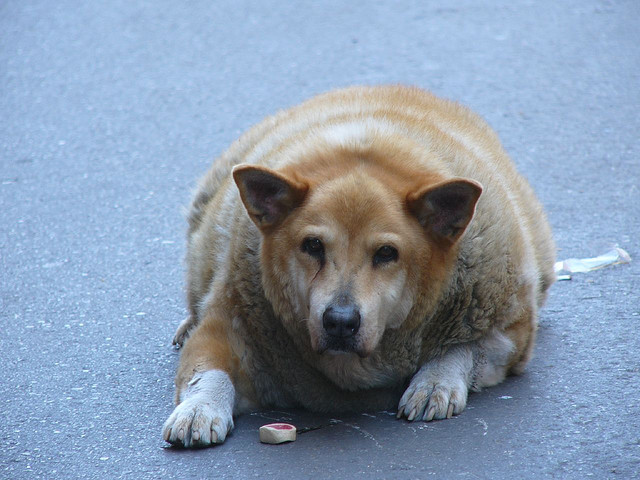
#3 – Make a Spa Appointment
Your dog’s shedding will increase in the springtime. Make sure to brush their coat regularly to remove the dead hair and dandruff. Now is definitely the time to take your pooch to a professional groomer. It keeps them more comfortable and makes sure their skin is healthier.

#4 – Wipe Your Dog’s Paws If He Goes On Grass
Veterinarians have reported that they are seeing more and more rashes and infections on dog paws because of certain pesticides and chemicals being used on lawns and grasses. Simply dip their paws into warm water and then rub them with a towel. Also, check to make sure nothing is stuck between their pads. If you have a yard, make sure you are not using any fertilizers or pesticides that can hurt your dog. If you must use these chemicals, don’t let your dog roll around in them!
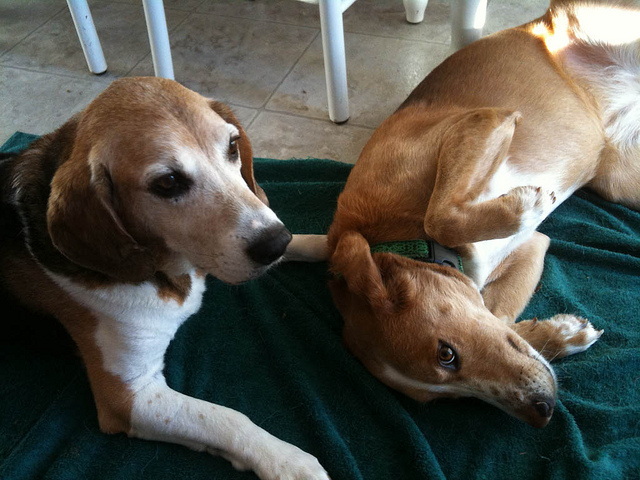
#5 – Pest Prevention
May-September is the prime season for fleas, ticks, mosquitos, and heartworms. These parasites can carry many diseases, like Lyme disease and Ehrlichia. Speak to your veterinarian about getting on the best preventative plan possible.
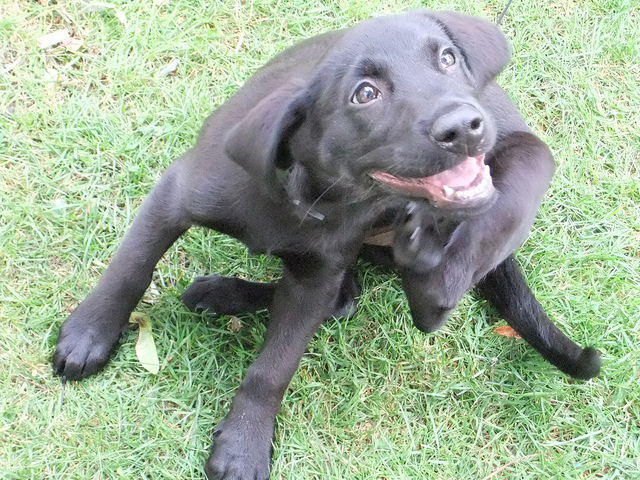
#6 – A Great Time to be Fixed
Not only are you not going to want to deal with a surprise litter, but “intact” males’ higher testosterone levels can make them the subject of increased aggression at the dog park. A female dog in heat at a dog park may also attract a lot of unwanted attention from aggressive males.
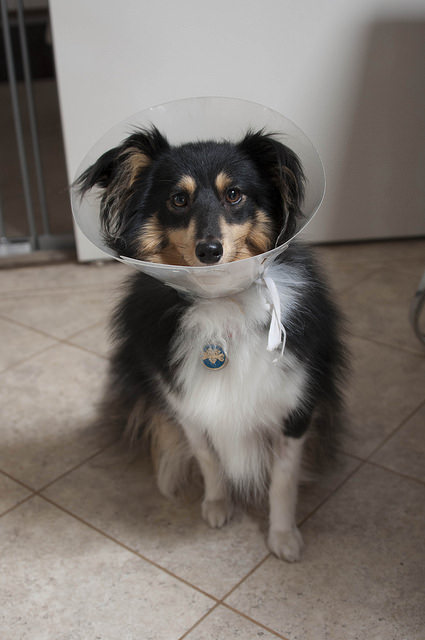
#7 – Watch for Seasonal Allergies
Pets can be allergic to ragweed, grasses, pollens, molds, and trees. They can even develop sinusitis and bronchitis, just as humans do. Watch for watery eyes, coughing and sneezing, as well as general redness. They may have puffy eyes, red mouths, red paws, or even a red anus. If you see any of these symptoms, take your pup to the vet to get some relief.
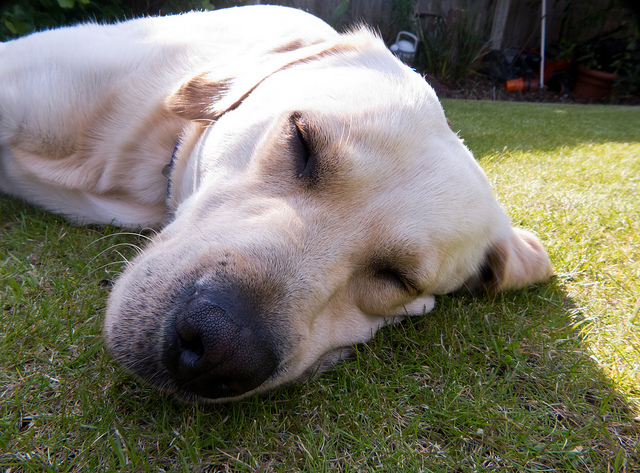
#8 – Update Chip & Tags
While you are cleaning and organizing the house, don’t forget the dog’s information. Did you move recently? Make sure to microchip your dog, and that the contact information on their tag is updated so that they can easily be returned.
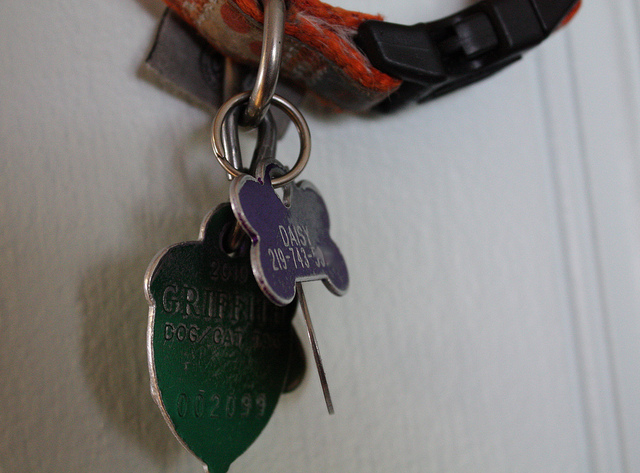
#9 – Before Your Plant, Check
One of my favorite springtime activities is tending to my garden, but it’s important that every pet owner knows what types of plants are considered toxic to their animals. For a complete list of toxic plants visit the ASCPSA website.

#10- Picking a Dog Park
If you don’t already have one picked out, now is a good time to scout the best one for your dog.
For example, does the park meet your needs? Are you comfortable with the park rules? Are fees required? Additionally, observe the types of dogs who visit each park. Do the dogs all seem aggressive, or does it seem like a good match for your dog? What about the owners? Do the owners watch their dogs attentively? Do they obey the park’s rules? Sometimes the people can make or break the dog park more so than the dogs.
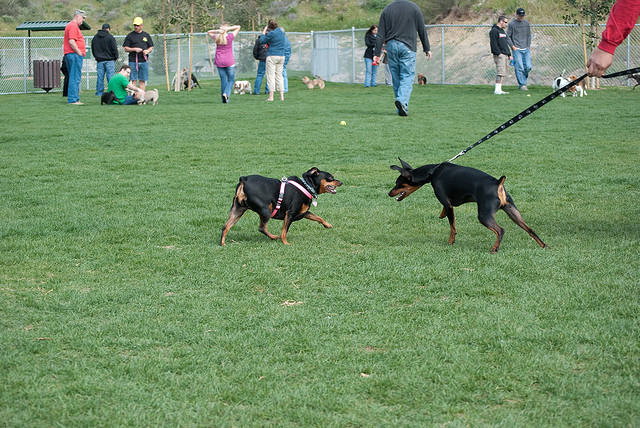
#11 – Is Your Dog Ready for the Dog Park?
Of course, you’ll want to make sure that you don’t have the “problem” dog at the park. If you haven’t utilized a professional dog trainer, now is a good time to consider doing so. Teaching your dog certain tricks like “Stay,” “Heel,” and “Drop it” can help keep them safe. A professional will also help you read your dog’s body language to identify if playing starts to escalate into fighting.
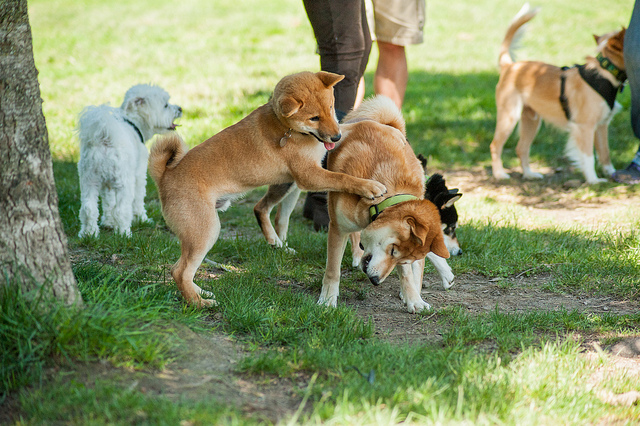
#12 – Check Out Your Home Exteriors and Yard
Check your yard for any holes in fences and other landscape barriers so that your pet doesn’t get loose.
Make sure to also clean out any drains and gutters. Standing water might attract heartworm-carrying mosquitos. Additionally, if winter weather has done any damage to your house, check for debris that might cause a choking hazard for your dog.
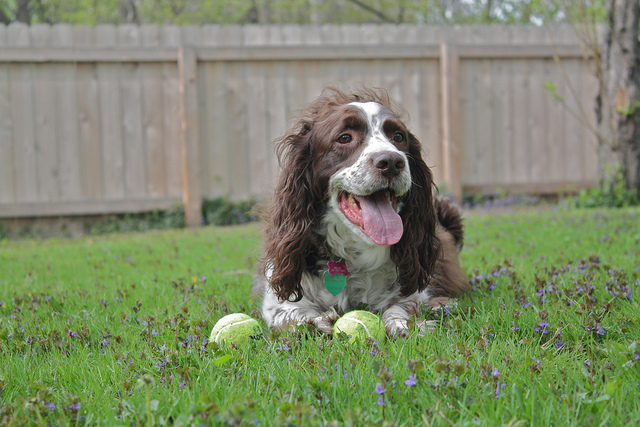
#13 – Clean Out The Doggy Closet
Now is a great time to clean or get rid of any dirty, broken or even moldy toys. Stuffed toys can be thrown in the wash and plastic or rubber can go through the dishwasher. When it doubt, through it out! Your dog won’t mind a new toy and you don’t want him getting sick because of a questionable toy.
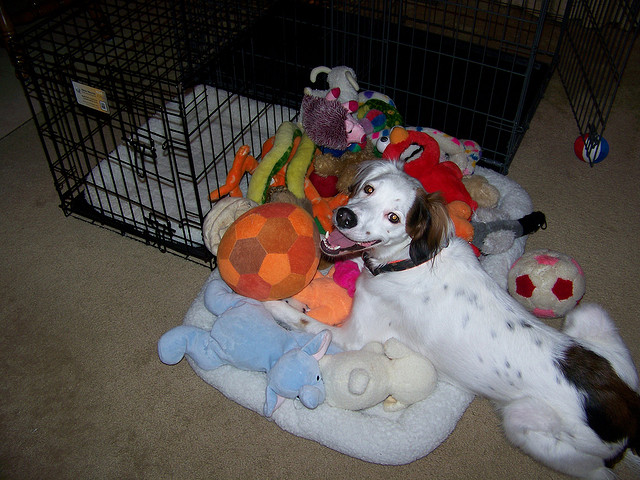
#14 – Sign-up For Training
Looking for something to do as the weather gets nicer? Sign up for a dog training classes. Some places even offer them outside so you can enjoy the nicer weather.

#15 – Get Ready For Summer Travels
If you are planning on leaving your pup at a boarding facility this summer, now is a great time for a “practice visit.” Have your dog stay at the new place for a night or two while you are in town, so you can go get him if needed. This will help your dog get used to the place and the people before you have to leave him for an extended period of time.

(H/T: Little Things)
 Toledo, United States.
Toledo, United States.